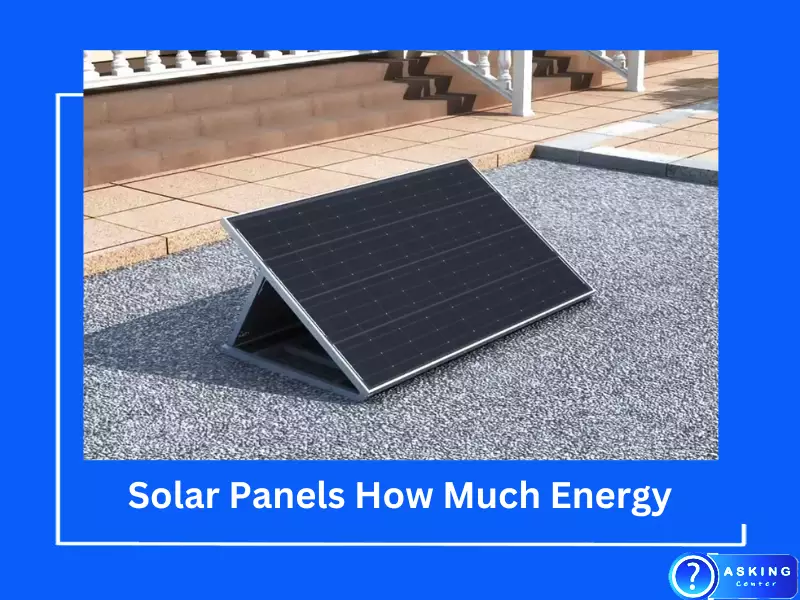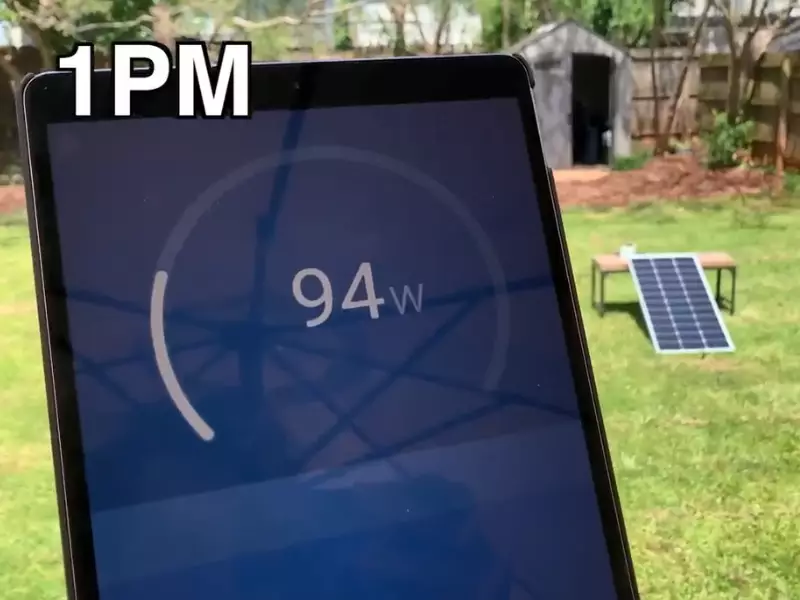Solar panels, a cornerstone of renewable energy, have gained significant attention in the past decade. These photovoltaic devices transform sunlight – a clean, abundant resource – into usable electrical power. As we increasingly turn to sustainable energy alternatives, it becomes vital to comprehend the energy dynamics of these green powerhouses.
The true understanding of solar panels goes beyond their energy output. It’s about the balance of the energy invested in their production and the energy they give back throughout their operational lifetime. The environmental impact of solar panels, embodied in their carbon footprint, is also an essential factor to consider.
The world of solar panels is complex and fascinating. As we delve into their production, efficiency, and environmental impact, we uncover a multifaceted narrative. This exploration invites us to assess the benefits of solar panels while understanding their inherent complexities. Let’s venture into this journey, packed with enlightening details and insights.
Understanding Solar Panel Manufacturing
Solar panels come into existence through a sophisticated process, involving several stages from extracting raw materials to assembling the final product. This process consumes a substantial amount of energy. Silicon-based panels, for instance, require high temperatures to refine and transform silicon into usable form, leading to considerable energy use.

Notably, the energy input varies significantly among different types of solar panels. Thin-film panels, composed primarily of cadmium telluride or copper indium gallium selenide, generally consume less energy in their production compared to silicon-based panels. The choice of materials and the complexity of the manufacturing process largely determine the energy requirements.
The Variable Energy Cost of Solar Panel Production
The energy needed to manufacture solar panels isn’t a constant figure. Technological advancements play a key role in influencing this variable. Enhanced efficiency and automation in production lines, for example, can reduce energy consumption.
Geographical and logistical factors also contribute to this variation. For instance, transportation of raw materials and finished panels requires energy, and this can be higher if factories are located far from sources of raw materials or target markets.
The Carbon Footprint of Solar Panels
In the realm of solar panels, the term ‘carbon footprint’ signifies the total greenhouse gas emissions produced during their life cycle, from manufacturing to disposal. Carbon emissions are inevitable during the production of solar panels, largely due to energy-intensive processes like silicon purification.
However, when compared to fossil fuel-based energy sources, solar panels present a significantly lower carbon footprint. According to the International Renewable Energy Agency (IRENA), solar PV systems could help reduce up to 4.9 gigatonnes of CO2 emissions per year by 2050.

Solar Energy and the Environment
Solar panels harness the power of sunlight and convert it into electricity through photovoltaic cells. This process doesn’t involve any direct greenhouse gas emissions, making solar energy a clean alternative to traditional fossil fuel-based electricity.
Solar energy’s role in mitigating climate change is significant. As more solar panels are installed and used, the reliance on fossil fuels decreases, leading to a substantial reduction in greenhouse gas emissions. According to the U.S. Environmental Protection Agency, an average residential solar PV system can reduce three to four tons of carbon emissions each year—equivalent to planting over 100 trees annually.
The Carbon Footprint of Making a Solar Panel
The journey of a solar panel from raw materials to a finished product involves several energy-intensive steps, each contributing to its carbon footprint. This includes extracting raw materials, purifying and processing these materials, assembling the panel, and transporting the finished product.
However, manufacturers are continually exploring strategies to minimize this carbon footprint, such as using renewable energy in production processes or improving production efficiency.
Comparatively, the carbon footprint during the operational life of solar panels is minimal, as the panels generate electricity without burning fossil fuels or releasing harmful gases. This underscores the long-term environmental advantages of solar panels despite the carbon cost of their production.

Do Solar Panels Produce More Energy Than It Takes to Make Them?
The concept of ‘energy payback’ comes into play when comparing the energy used in the production of solar panels and the energy they generate over their lifetime. Fortunately, studies indicate that solar panels typically generate significantly more energy than consumed in their manufacture.
According to a report by the National Renewable Energy Laboratory (NREL), modern solar panels have an energy payback period of around 1 to 4 years, depending on the type of panel and the location where it is installed. Considering that solar panels have a lifespan of 25 to 30 years, they produce far more energy than they consume, thereby affirming their sustainability.
FAQs about Solar Panels
How much energy does a typical solar panel produce?
The energy output of a solar panel depends on several factors, including its efficiency, size, and exposure to sunlight. On average, a typical residential solar panel with a power output of 300 watts can produce around 1.2-1.8 kWh per day, assuming 4-6 peak sun hours.
Does the production of solar panels contribute to global warming?
While the manufacturing of solar panels does involve some greenhouse gas emissions, these are significantly lower than those produced by conventional energy sources. Once operational, solar panels generate electricity with virtually zero emissions, contributing to a net decrease in total greenhouse gases over their lifespan.
Can we reduce the carbon footprint of solar panel production?
Yes, there are several strategies to minimize the carbon footprint of solar panel manufacturing. These include improving manufacturing processes, increasing efficiency, using renewable energy in factories, and recycling or repurposing solar panel components at the end of their life.
Conclusion
Our exploration of the energy equation and environmental impact of solar panels illuminates their benefits and challenges. Despite the energy-intensive manufacturing process and associated carbon emissions, solar panels demonstrate a commendable energy balance over their lifetime. Their contribution to reducing greenhouse gas emissions emphasizes their vital role in our transition to sustainable energy sources.
As we harness the sun’s power through these photovoltaic devices, we partake in a global effort to mitigate climate change. By enhancing our understanding of solar panels, we move a step closer to realizing a greener, more sustainable future. So, the next time you see a solar panel, you’ll appreciate not just its functionality, but the complex, intriguing narrative that lies behind it.
